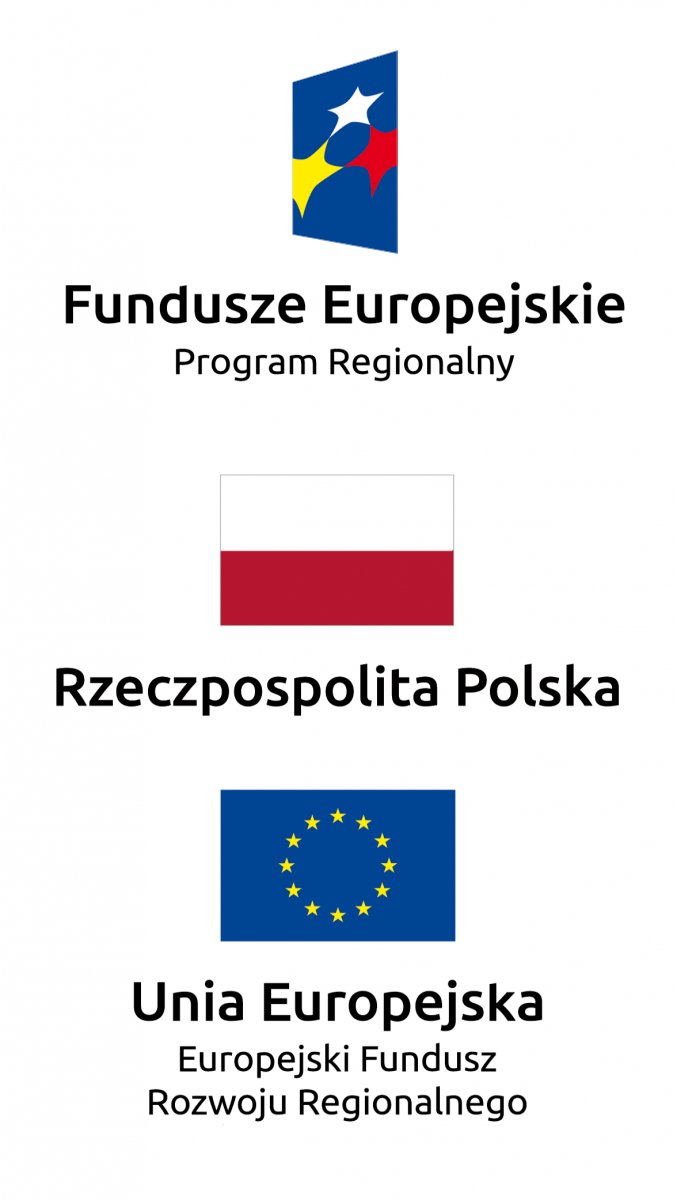Assessing the degree of category association is a standard human skill that is fundamental to cognitive abilities. As deep networks aim to match human abilities, traditional metrics (e.g. accuracy) should not be considered a sufficient criterion, providing a limited picture of effectiveness. By indicating how often the model predicts the correct label, it does not reveal the perception of similarity between categories. Like humans, networks usually make mistakes between categories perceived as similar [1], so analysing these similarities can reveal between which classes the model will make mistakes (it is better if the mistakes occur within similar rather than unrelated categories [3]). Therefore, it is critical to examine networks from the perspective of perceived similarity and its convergence with human judgement. This topic has been little explored in the literature (e.g. [1]). The aim of the project is to develop methods for evaluating the quality of visual deep networks in terms of the convergence of perceived similarity between classes with semantic relationships during the training process. The method will enable the testing of models that go beyond simple accuracy, resulting in more predictable decisions even in the event of mistakes and potentially bringing further benefits (e.g. the ability to assess the effectiveness of resource use - by mapping the structure of the world as accurately as possible, including through similarities [2]). The developed methods will have a positive impact on the interpretability of testing and increase public confidence in artificial intelligence. The project includes:
- a review of available methods for measuring the similarity between (1) categories perceived by networks and (2) reference categories (e.g. semantic relations in WordNet),
- development of methods for (1) extracting class patterns from within the vision networks, (2) determining similarity matrices,
- implementation of mechanisms for inspecting the convergence of similarity perception during training,
- verification using convolutional networks and vision transformers.
In contrast to other works investigating the perception of similarity networks (e.g. [1]), the project plans to use network parameters to describe known categories (such as the metric for evaluating adversarial attacks in [3]), rather than matrices of errors created on large-scale data sets. This approach allows models to be evaluated without the use of test sets, enabling the method to be used during the training process.
Referencees:
[1] Bilal, Alsallakh, et al. „Do convolutional neural networks learn class hierarchy?.” IEEE transactions on visualization and computer graphics 24.1 (2017): 152-162
[2] Rosch, Eleanor, and Barbara B. Lloyd. “Cognition and categorization.” (1978)
[3] Katarzyna Filus, Joanna Domanska “NetSat: Network Saturation Adverarial Attack”. 2023 IEEE International Conference on Big Data (BigData).

